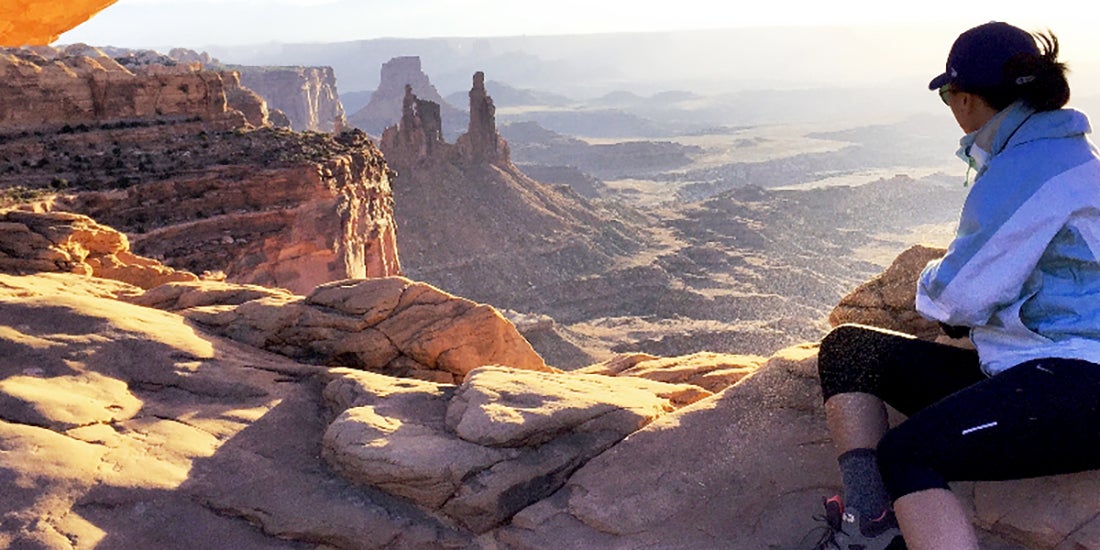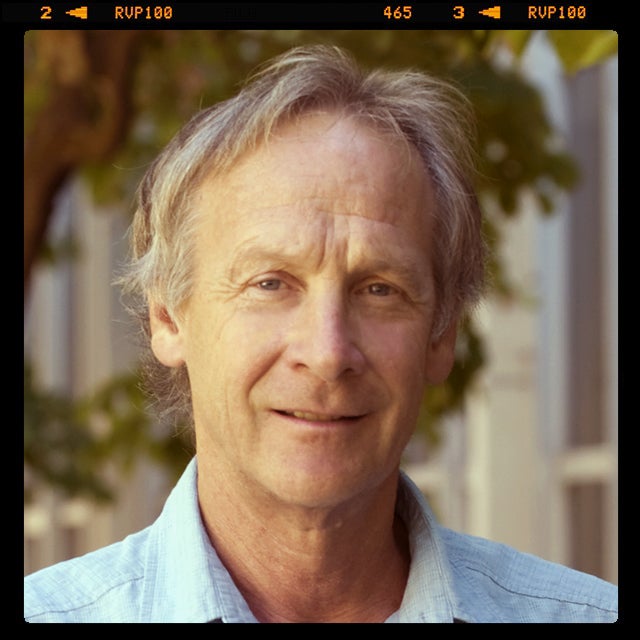
Our national parks and public lands, along with their staff and guests, have no immunity to the coronavirus. Initially as the virus spread, people who were able sought out the parks as a place of escape and refuge. In early March, Interior Secretary David Bernhardt waived all park entrance fees and supported and urged visitors to get out into the National Park System.
But then the reaction started.
Phil Francis, chair of the Coalition to Protect America’s National Parks, said in an open letter that, “National parks welcome visitors from around the world. Many National Park Service employees interact with members of the public daily. These employees should not be exempt from recommendations made by the CDC. Further, to suggest to the public that gathering at national park sites is acceptable when gathering at restaurants, theaters, libraries, and other public spaces is no longer safe is irresponsible to the visiting public and employees.”
Criticism escalated, with numerous observers pointing on the obvious problem: The dangerous congregation of park visitors inside lodges, restrooms, and so on, and outside on popular trails and vistas.
Local towns, counties, and sometimes nations like the Navajo became alarmed, calling on NPS to close access to the parks where they could, fearing an influx and concentration of visitors. And parks did begin to close; the decision often made the park level.
Staff in the parks, at first were angry at the seeming insensitivity to their own health and safety, often expressing these concerns anonymously. The turmoil was well documented by National Parks Traveler. As former Park Service Director Jon Jarvis, who knows this situation more than most, said in a Traveler podcast, NPS employees will stay because they believe in staying to protect the resources and the visitors who do show up, do get in, and need assistance.
But all this turmoil raises interesting and larger questions. Zion National Park remains open currently; rangers recently rescued two visitors. Readers who have been to Zion at busy times know it can resemble Yosemite; it is that crowded. Yet when the Park Service attempts to explore ideas like a reservation system, they are met with opposition from Utah’s congressional delegation. Right now, however, the local communities near Zion want visitors to stay away.
The same experience is seen at Great Smoky Mountains National Park and its gateway communities in Tennessee and North Carolina. Rural communities need the economic activity to thrive, but lack the public health infrastructure to support the longer-duration stays by visitors. There is irony here.
Perhaps a better ambition than managing surges of use in our destination parks is to provide more places for people to be outside close to where they live. Spokane, Washington, is embarking on an Olmsted 2.0 plan (yes, those Olmsteds, of NYC’s Central Park, Yosemite, The Biltmore, the NPS Organic Act, and other achievements) to increase and connect green spaces. Frederick Law Olmsted himself advanced the notion in the 1800s (an era of rampant diseases ) that parks are, to use his metaphor, “the lungs of the city.”
As our cities grow (by 2050, seven out of ten people on the planet will live in one), perhaps the most important thing we can do today for tomorrow’s urban resident is to strategically add urban green spaces and trail networks. Recently, London became the world’s first “National Park City.” There is a large international World Urban Parks organization, a Boise State University graduate is currently the chair of the North American section.
The point here is to create parks and green spaces accessible within a ten-minute walk to every urban resident in the nation.
In this time of the virus, there would be places close to home to get outside. For us in Idaho, it would also help our neighbors in rural Idaho who are pleading with urban dwellers to stay away for now. What might we be able to do in Boise (or Meridian, Kuna, Eagle, Nampa) that could help? Become a National Park City? See if a version of Olmsted 2.0 could work in Boise and elsewhere?
Perhaps take the forward leaning step and apply Olmsted’s thinking and intentionally promote green spaces in part as urban lungs.

John Freemuth is Distinguished Professor of Public Policy and Cecil Andrus Endowed Chair of Environment and Public Lands at Boise State University. His primary interest is with the public lands of the United States and has written a number of books and articles and given over 100 presentations on our public lands. He chaired the Science Advisory Board of the Bureau of Land Management, after being appointed by Interior Secretary Bruce Babbitt. He is principal investigator on a grant from the United States Geological Survey, involving in part mapping the protected areas of the United States (PAD US) and with the Andrus Center is working on a grant from the Bureau of Land Management on policy issues surrounding BLM. He has been a high school teacher, and seasonal park ranger. While a ranger, at Glen Canyon National Recreation Area he wrote “Wanderer for Beauty: Everett Ruess in the Glen Canyon Area”, a park interpretive handout and is glad Everett has yet to be found. Waldo Reuss, Everett’s brother, sent him a letter where he said he enjoyed reading it. He has a BA from Pomona College and a Ph.D. from Colorado State University. He was also named the Carnegie Foundation for the Advancement of Teaching /CAES of Professor of the Year for Idaho for 2001.
Note: This article is part of The Blue Review’s Cornavirus Conversations, a special series on the 2020 COVID-19 pandemic.